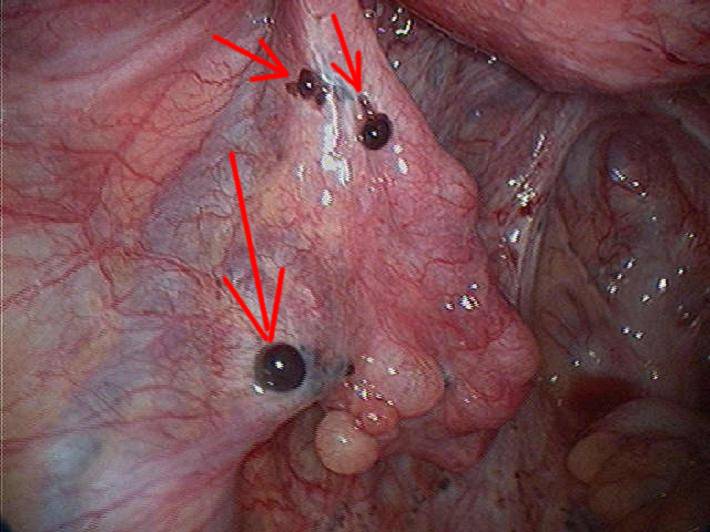

Endometrial ablation
Endometrial ablation is a procedure that surgically destroys (ablates) the lining of your uterus (endometrium). The goal of endometrial ablation is to reduce menstrual flow. In some women, menstrual flow may stop completely. No incisions are needed for endometrial ablation. Your doctor inserts slender tools through the passageway between your vagina and uterus (cervix). The tools vary, depending on the method used to ablate the endometrium. They might include extreme cold, heated fluids, microwave energy or high-energy radiofrequencies. Some types of endometrial ablation can be done in your doctor's office. Others must be performed in an operating room. Factors such as the size and condition of your uterus will help determine which endometrial ablation method is most appropriate.
Risks
Complications of endometrial ablation are rare and can include:
. Pain, bleeding or infection
. Heat or cold damage to nearby organs
. A puncture injury of the uterine wall from surgical instruments
How you prepare
In the weeks before the procedure, your doctor might:
. Perform a pregnancy check. Endometrial ablation can't be done if you're pregnant.
. Check for cancer. A thin tube (catheter) is inserted through your cervix to obtain a small sample of your endometrium to be tested for cancer.
. Remove an IUD. Endometrial ablation isn't performed with an IUD in place.
. Thin your endometrium. Some types of endometrial ablation are more successful when the uterine lining is thin. Your doctor might prescribe medications or perform a dilation and curettage (D&C), a procedure in which the doctor scrapes out the extra tissue.
. Discuss anesthesia options. Some methods of endometrial ablation require general anesthesia, so you're asleep during the procedure. Other types of endometrial ablation might be performed with conscious sedation or with numbing shots into your cervix and uterus
Types of endometrial ablation
The type of instrument a doctor uses will depend on which procedure is being carried out. There is a range of different types of endometrial ablation, including:
. Hydrothermal: This involves fluid being pumped into the uterus and heated for 10 minutes, which destroys the uterine lining.
. Balloon therapy: A balloon is inserted into the uterus through a tube and filled with heated fluid. As the balloon expands, it destroys the uterine lining.
. High-energy radio waves: An electrical mesh is inserted into the uterus and expanded. Strong radio waves are then passed through the mesh, which causes it to heat up, destroying the uterine lining.
. Freezing: Also known as cryoablation, a thin probe with a cold tip freezes and destroys the lining of the uterus.
. Microwave: Microwaves are passed through the uterus, which destroys the uterine lining.
. Electrical: An uncommon practice is to destroy the uterus lining by passing an electrical current through it.